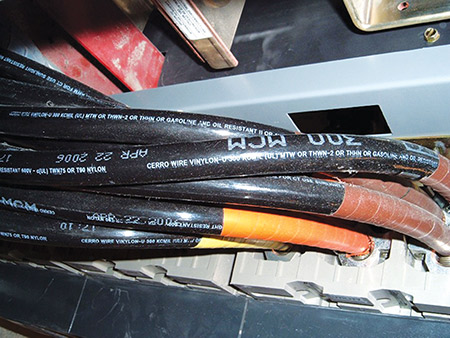- Location
- Chapel Hill, NC
- Occupation
- Retired Electrical Contractor
I remember a few threads that discussed this issue. If I had to derate for number of conductors in a conduit and also for temperature then I only needed to do the one with the largest deduction. Am I going nuts?? I remember a thread with Smart $ and a member who wrote for an electrical mag. I can't remember his name
Anyway if this is true where is the section that allows this, I have looked and done searches until I was blue in the face.
Anyway if this is true where is the section that allows this, I have looked and done searches until I was blue in the face.

